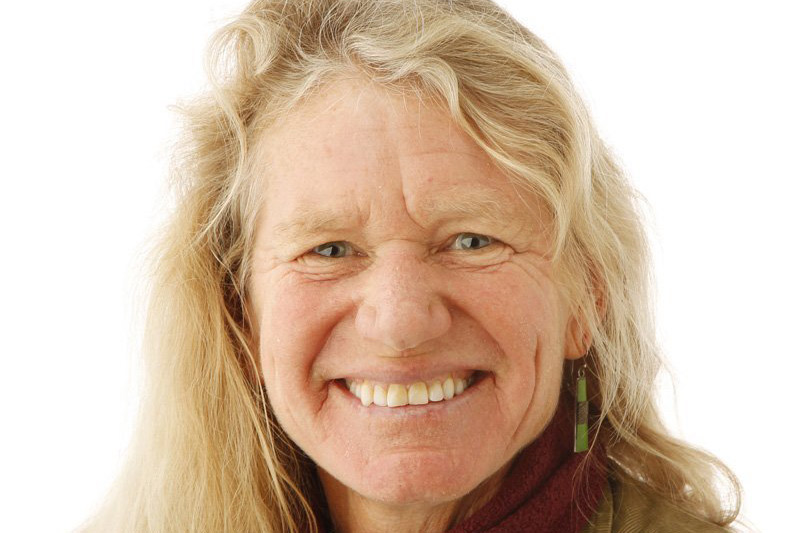By Kelly Davis

Image courtesy of the San Diego Union-Tribune
Name: Peggy Peattie
Courses: Documentary Photography, Introduction to Photo Journalism, Nature Photography: From Vision to Print
If Peggy Peattie’s name is familiar, it’s probably because you’ve seen her photography, and possibly read her reporting (she’s as skilled with words as with images), in the San Diego Union-Tribune, where she worked for nearly two decades. Peattie got her start in photography in high school and by college, realized she wanted to make it her career. Her body of work is expansive, ranging from a series exploring the Confederate flag and racial tension to her portraits of San Diego’s homeless population. Her respect for her subjects is palpable — and the reason she loves her profession. “Everyday I learn something,” she says. “Everybody’s got a background, a life experience or a professional experience that’s completely different from mine.”
How did you get started in your career field?
I was into photography in high school, but it was more of an art thing than journalism. When I got to college at the University of Washington, I was going to be a physical oceanographer / climate scientist. I was still taking pictures and I was a writer, so I went to the school paper and wrote articles. They said, “If you take pictures with your stories, you can get an extra $25,” and I’m, like, sounds good to me. So, I did that. And when I started to realize that that’s what I wanted to do for a career, I realized I was in the wrong school, because there was absolutely no photo program there. So when I graduated, I learned on the job. I found my way into places that were willing to hire a woman. In the early ’80s, it was still, Oh I don’t know if a woman can do the job, that kind of thing. So I just got better and better and won some awards and would work for practically nothing just to get my name in print.
I started out at a weekly newspaper writing and taking photos. That was in Seattle. And then I moved to L.A. and was freelancing photography and words and sometimes freelancing design. And then I got a staff job doing advertising photos and worked from there up to another paper where all I had to do was photographs, but I would also write — I was mainly a photographer who also wrote once in a while. And then the industry changed, so it became more a multimedia job; I was into video long before most other people.
What do you enjoy most about your profession?
The stories of the people I meet. Every day I learn something. Everybody’s got a background, a life experience or a professional experience that’s completely different from mine. I love learning something from people.
What advice would you give to someone looking to get into photojournalism?
Be multi-skilled. Learn multimedia. Even though the tools have changed, journalism, even more so now, demands that you are meticulous about truth-telling and the quality of the content that you generate.
How is the field of journalism and photojournalism changing? What skills do people need to stay current?
I think you need to be social-media savvy and understand where people get their news. For your work to rise above, you really need to pay attention to where the best work is coming from. As far as improving your skills, you should always keep an eye on the best writers, the best media organizations. ProPublica just came out with a piece today that has 20 news sources, and CNN got busted two weeks ago for only having one.
For people looking to get into photojournalism, are multimedia skills essential? Or can you just be a great photographer?
You can’t just be a photographer. You have to have video skills as well. And some places, they want you to do design, also. It’s gone kind of retro because people want to pay less for more. I’m not saying that’s what people have to do, but you’ll get a job quicker if you have more skills, but you’ve got to be good at them; you can’t just know how to push a button.
What do you like most about working for Extension?
My faculty advisers are so helpful and they let me be creative with the curriculum. I also like the variety of students you get. You get some people who are UC San Diego students and you also get members of the general public. I think that’s a really healthy mix.
Learn more about our Photography programs and courses online, or contact the department at ahl@ucsd.edu or (858) 534-5760.